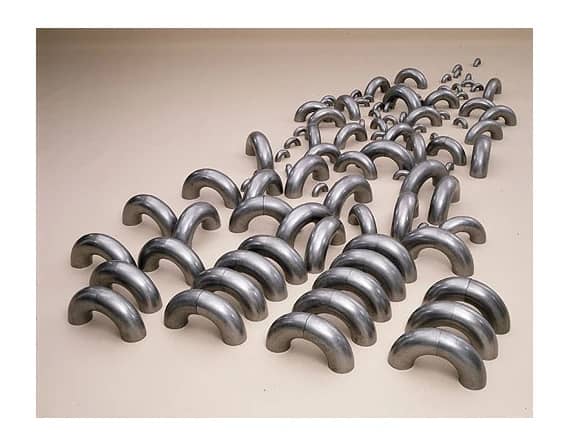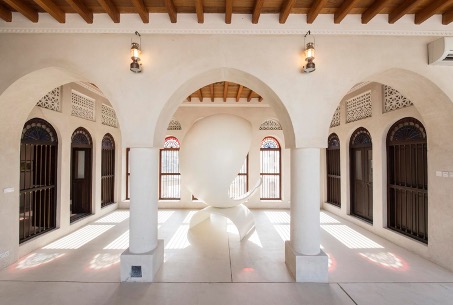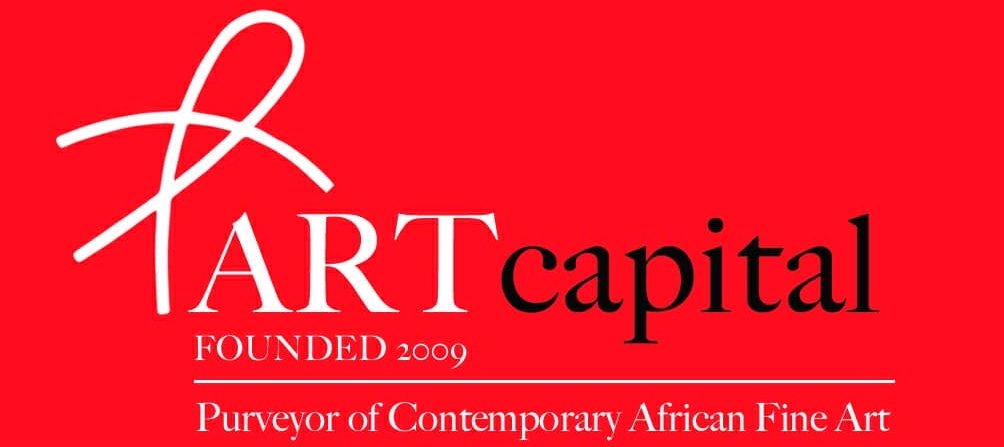VACCINE NATIONALISM IS KILLING US
“We have the power to end this pandemic.
We have the technology, materials and productive capacity to vaccinate the world against Covid-19 this year.
We can save millions of lives, protect billions of livelihoods and reclaim trillions of dollars worth of economic activity along the way.
But instead, our countries are now moving into the pandemic’s deadliest phase.
Mutant strains are spreading into regions where the vaccines are not only scarce; they have barely arrived.

At present rates of vaccination, the pandemic will continue to rage until at least 2024.
This is not a coincidence.
The system of pharmaceutical patents at the World Trade Organization was designed to prioritize corporate profit over human life.
Even in the midst of a deadly pandemic, a coalition of pharmaceutical companies and global north governments refuses to re-order these priorities – blocking patent waivers, refusing to share vaccine technologies and underfunding multilateral responses.
……..The central banks of the world’s major economies mobilized roughly $9tn to respond to the economic shock of the Covid-19 pandemic, acting swiftly and decisively to protect the interests of their investors.
The cost of global vaccination, by contrast, is estimated at just $23bn, or 0.25% of this monetary response.

That number would dramatically decrease if the governments in the US, EU and UK compelled their pharmaceutical companies to share technology with manufacturers around the world – an idea that commands large majority support in the United States, where taxpayers have footed the entire bill for the development of the Moderna Covid-19 vaccine.
…….The G7 plan is not only stingy.
It is also stupid: the ICC has estimated a cost of $9.2tn to the global economy for the failure to deliver vaccines to every country.
And – in the final count – it may also prove suicidal: the longer the virus travels, the more often it mutates, and the more viciously it may boomerang back to the rich countries that are already rolling out vaccination programs.
……..We cannot wait for the G7 to find its common sense – or its conscience.
That is why the Summit for Vaccine Internationalism will strive for solutions that undermine – rather than reinforce – the dependency of these governments on big pharma and the countries where they are headquartered.”
ROGELIO MAYTA, KK SHAILAJA and ANYANG’ NYONG’O.
*****************-‐—————————-
The sculptures of AMIR NOUR are often abstract and minimal, yet many refer to Sudan and the Afro-Islamic culture in which he was raised, especially animals, landscape, and architecture.
Nour was born at Shendi – near the ancient capital of Meroe, in 1936.
The sculpture GRAZING AT SHENDI executed in 1969, resonates with his childhood experiences and modernist sculptural ideas.
Nour recalled: “On the other side of the river was an empty horizon—sand and desert. You get overwhelmed by the space. And it’s a scary type of feeling too because there’s nothing there to enhance your mind. So you go back into yourself and think of your physical existence.”
Nour eschewed a formula for the arrangement of forms, preferring that their random placement may reflect the arrangement of grazing herds.
The ordinary, semicircular forms in metal suggest the minimalist sculpture of the late 1960s, when this work was conceived but in contrast to the minimalists, who renounced cultural associations in their work, Nour deftly utilises his forms to transmit experience, meaning and memory; the sculpture transcends the limits of formalism and minimalism.

In 1957 Nour received a diploma from the Khartoum School of Fine and Applied Art where he later taught from 1958-59 and 1963-65.
He graduated from the Slade School of Fine Art, University of London, U.K. and followed with a postgraduate course in sculpture at the Royal College of Art, London.
A Rockefeller Fellowship brought him to the United States in 1967, where he obtained a BFA and MFA from Yale University.
Nour passed on earlier this month in Chicago where he had lived and taught for several decades.
